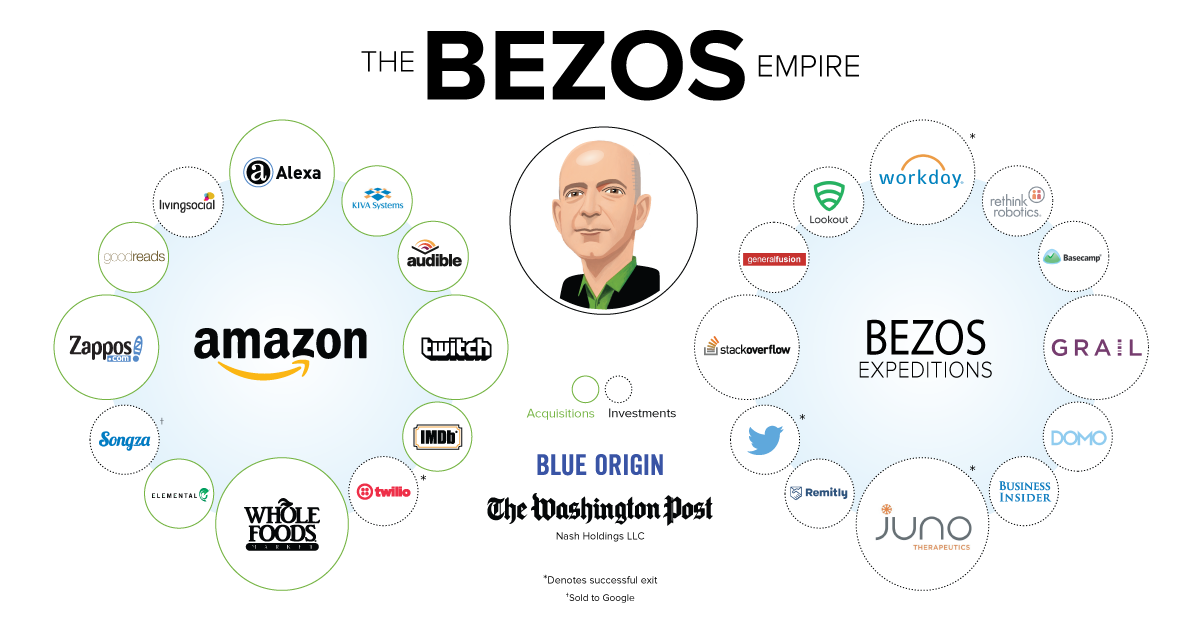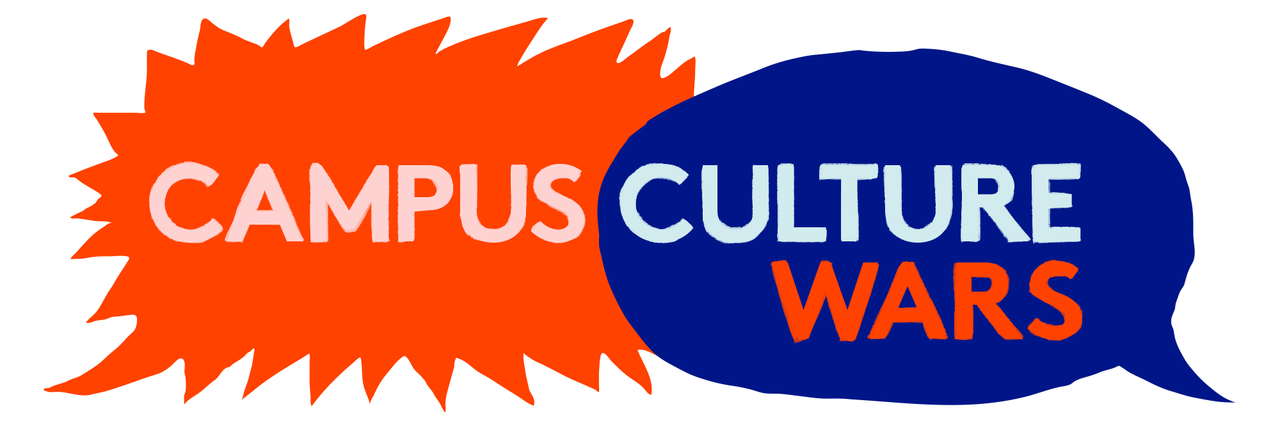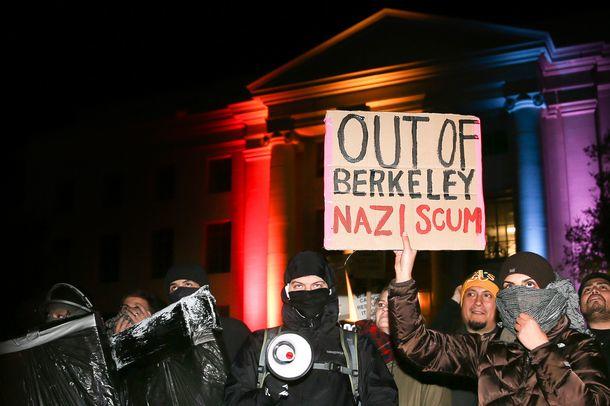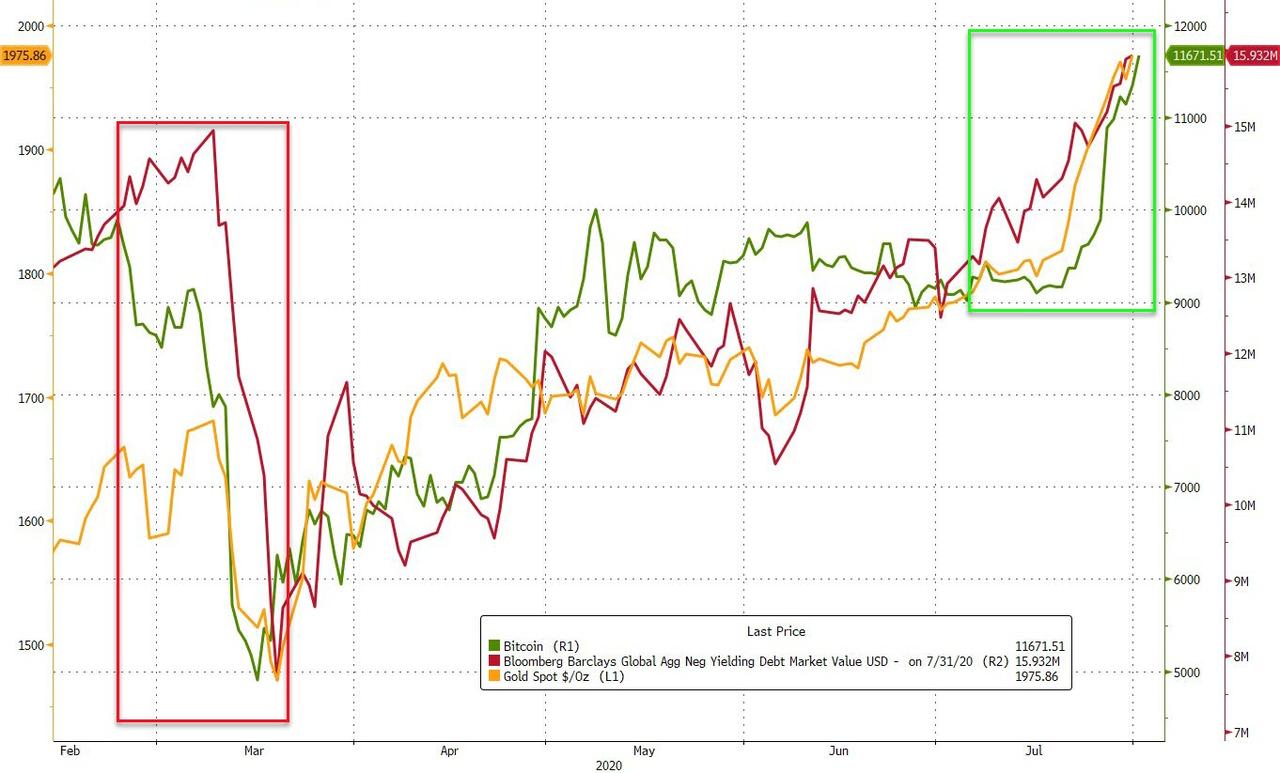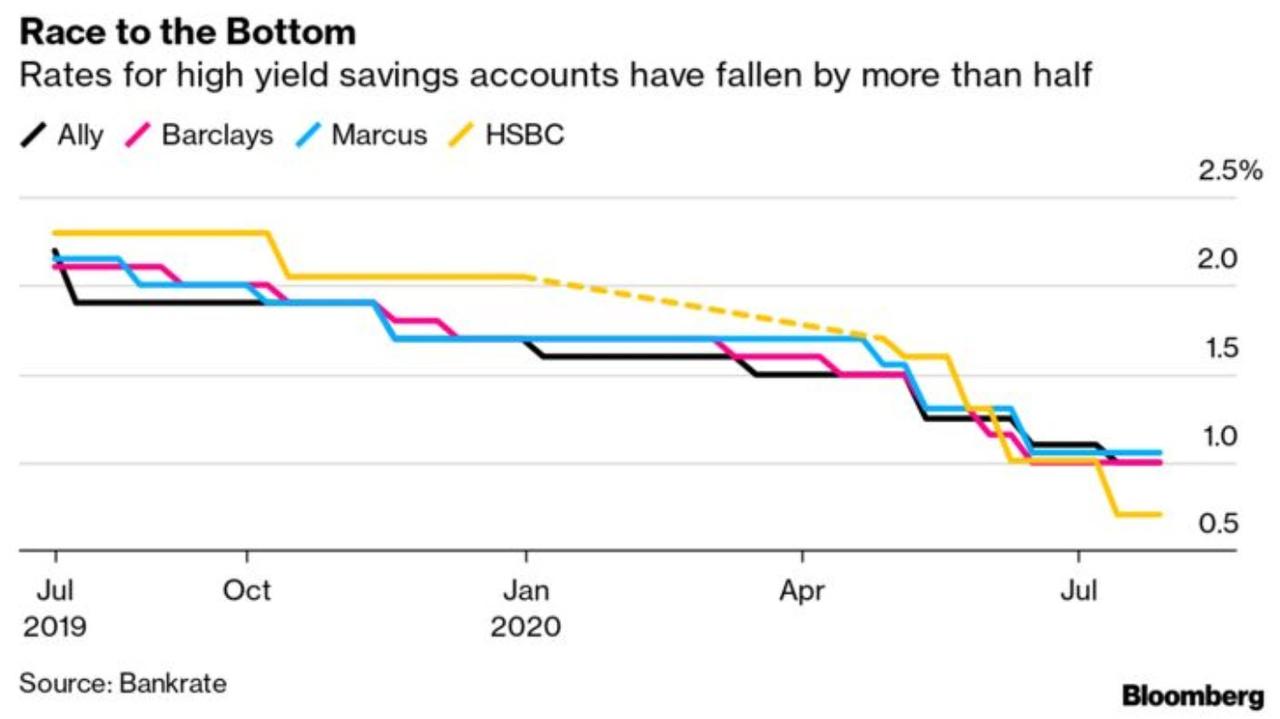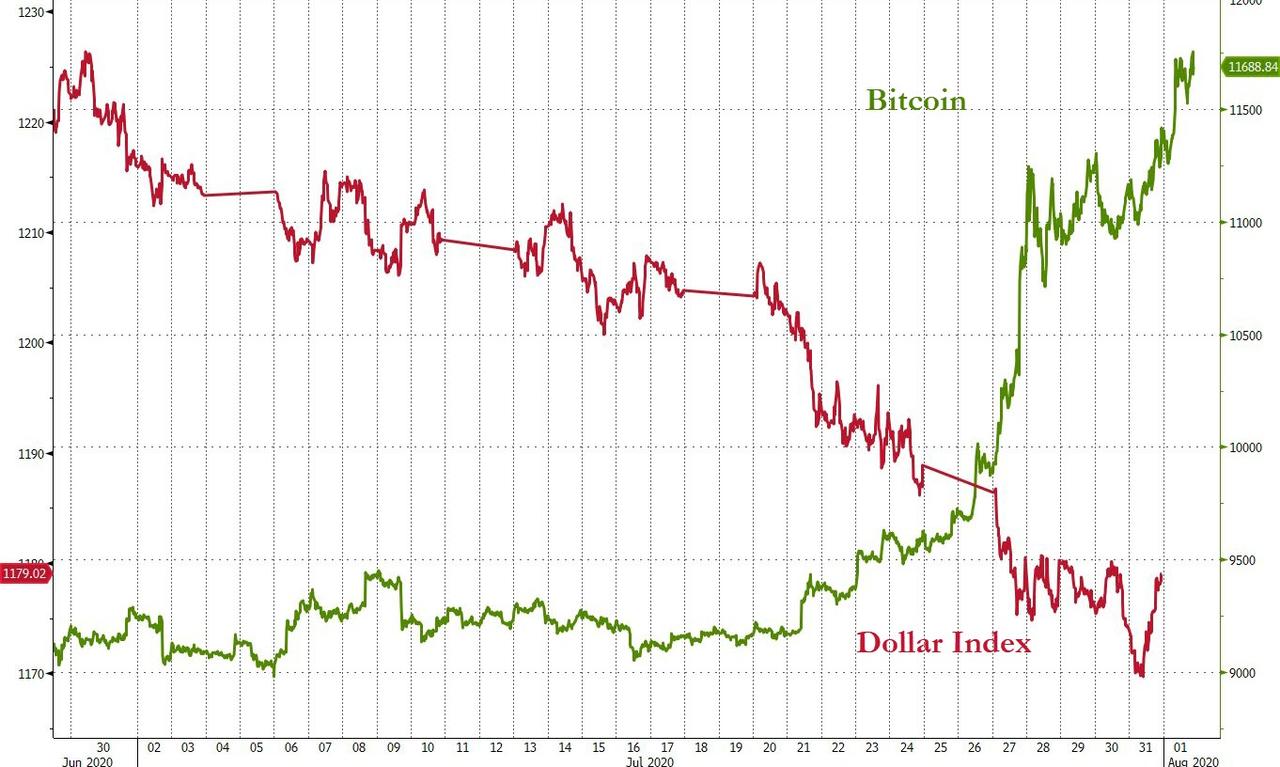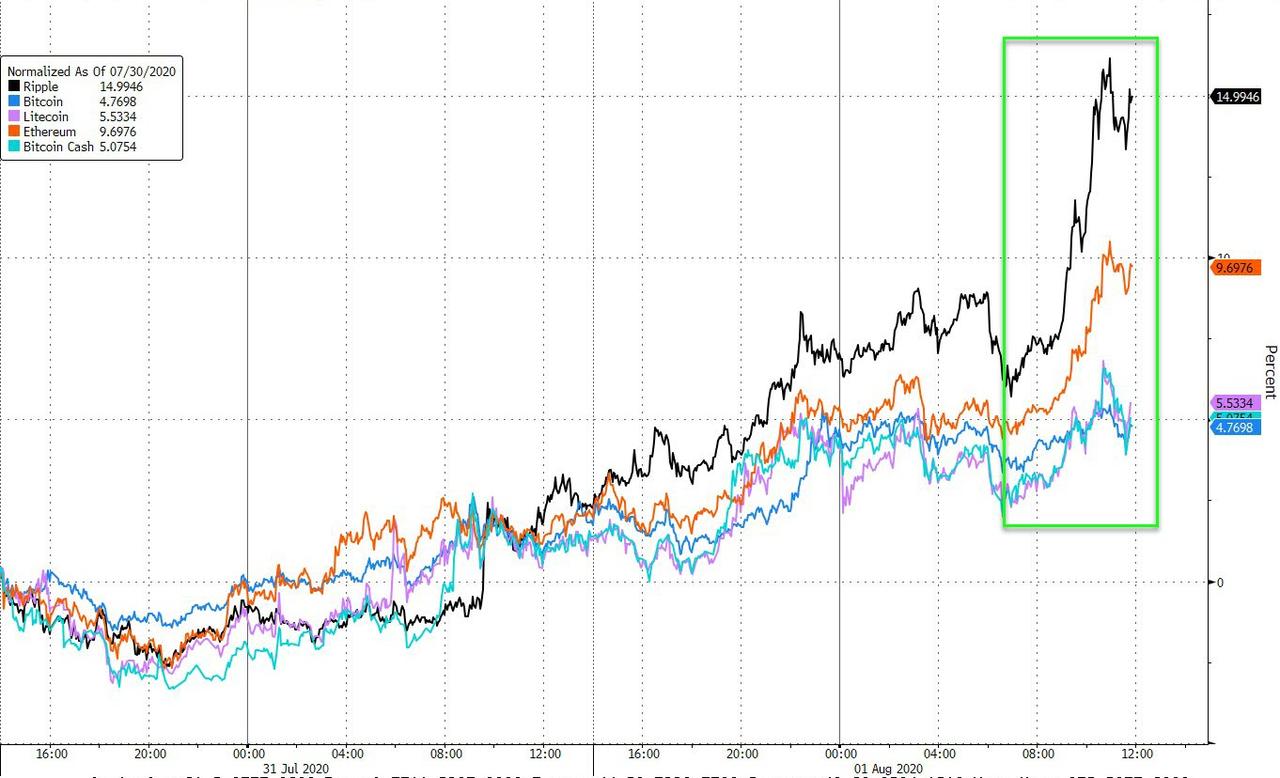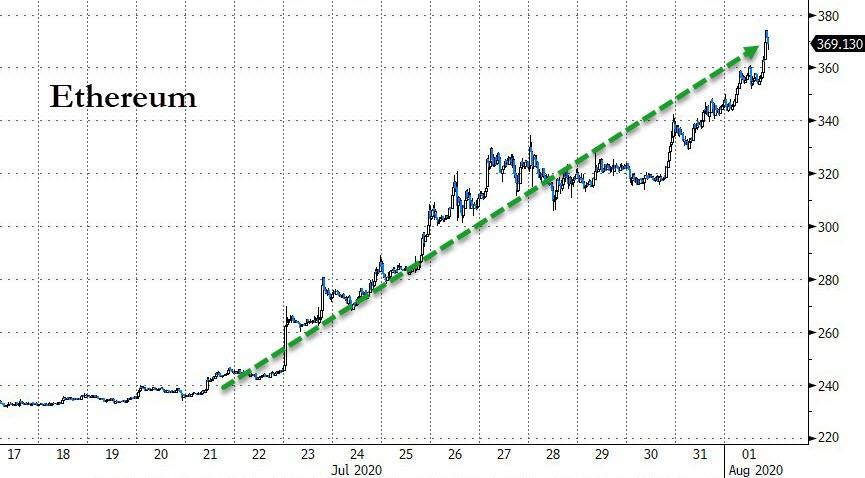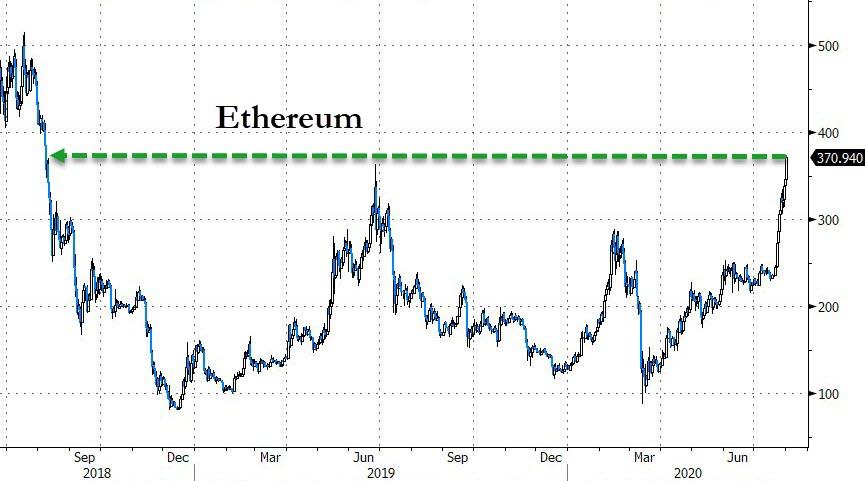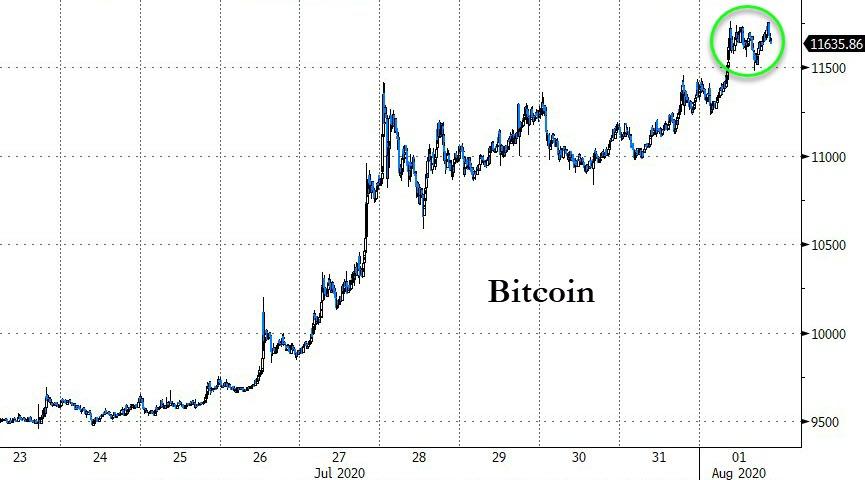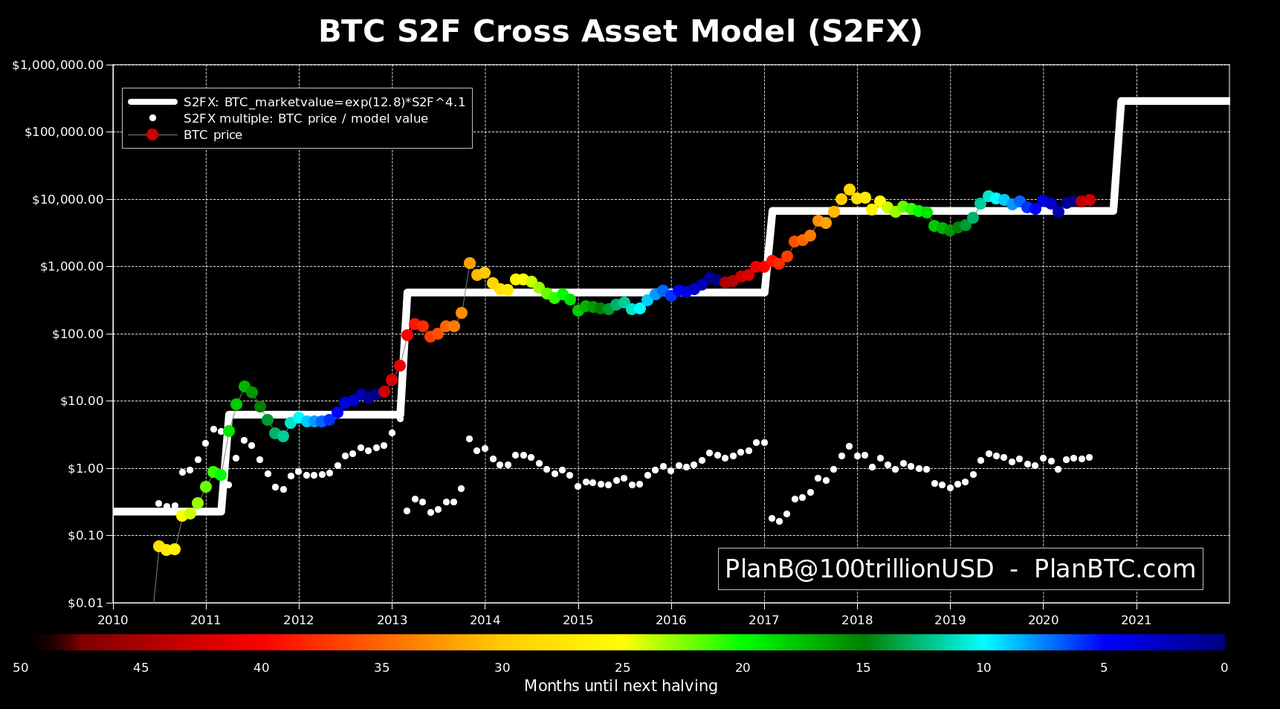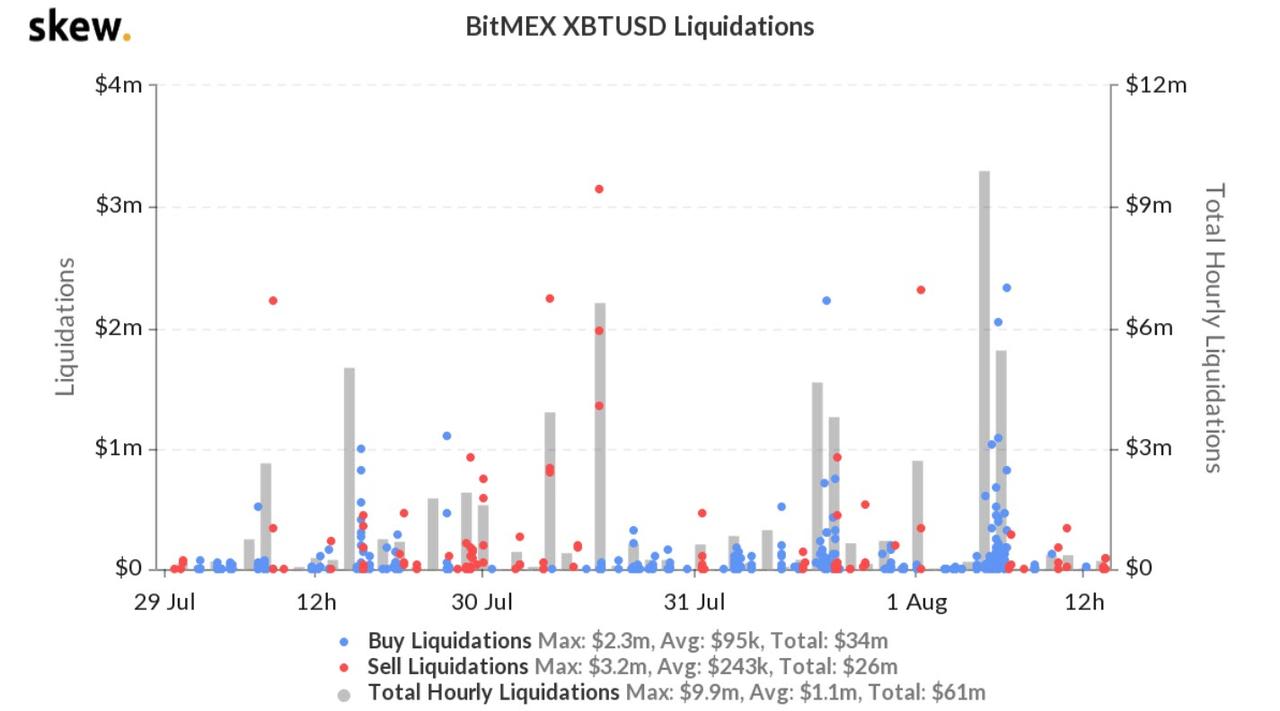Last week, I wrote four blog posts (See 1, 2, 3, 4) on Joan Biskupic’s four-part CNN series (See 1, 2, 3, and 4). On Monday, I will publish an Op-Ed in Newsweek that provides a path forward for the Supreme Court. I will offer specific guidance–to the Chief Justice in particular–how to resolve this crisis. A Supreme Court divided cannot stand.
This post will summarize the highlights of that series. Indeed, the bulk of this post is material that I omitted from Newsweek.
***
Joan Biskupic is a veteran Supreme Court reporter for CNN. She has written acclaimed books about Chief Justice Roberts, and Justice Sandra Day O’Connor, Antonin Scalia, and Sonia Sotomayor. She has personally interviewed the Justices and their closest confidants. Biskupic’s books always include little tidbits about internal deliberations. Supreme Court watchers find these insights scintillating, as they shed light on the Court’s often-obscure decision. But never before has the Supreme Court’s cloak of secrecy been lifted so high and so quickly. Less than a month after the Supreme Court’s term concluded, Biskupic has provided a detailed, play-by-play of the most contentious cases, as the Justices squabbled to reach consensus. And in the process, Biskupic has advanced narratives to paint some Justices in a flattering light, others in a jaundiced light, and leaves the rest mysteriously out of the picture.
Let’s start with Bostock v. Clayton County, Georgia. This case considered whether the Civil Rights Act of 1964 prohibits discrimination on the basis of sexual orientation and gender identity. After oral arguments, the Wall Street Journal and other conservatives wrote that Justice Gorsuch and Chief Justice Roberts were being lured by Justice Kagan, and would vote to expand the meaning of the Civil Rights Act. At the time, I suspected there was a leak from the Court. I was right. Ultimately, Gorsuch and Roberts voted with the Court’s four progressives. I criticized that ruling elsewhere, but now is not the time to quibble about statutory interpretation. Instead, I am far more troubled about the leaks concerning this case.
In her report, Biskupic tells us that Gorsuch was not led astray by Justice Kagan. Instead, “the die was cast in that private session [after oral arguments] for the ultimate 6-3 decision that emerged.” The narrative here was clear. Justice Gorsuch was not under the spell of his progressive colleague. Instead, he took charge from the beginning. Biskupic assures us, “it was Gorsuch, writing for the majority, who played the central role as author of the opinion.” I can’t help but think that someone in Gorsuch’s camp was behind this leak. The source was trying to rehabilitate the Justice against charges from the conservative media that he was indecisive, and under the sway of Kagan. Alas, these leaks have done far more damage than isolated editorials from the right.
CNN tells us that no one could persuade Justice Gorsuch otherwise–not even his closest confidante on the Court. Biskupic reveals a private interaction that should have never been made public. She writes, “Thomas, the senior member of that conservative team, had tried subtly to persuade Gorsuch that he was not being true to conservative textualism, but to no avail.” This leak is heart-breaking. Justice Thomas, in confidence, tried to have a subtle–I think that means private–conversation with his colleague. Instead, that intimate interaction has been plastered throughout the mainstream media. Moreover, the account as written is implausible. Justice Thomas would never describe his approach as “conservative textualism.” Never. He views his approach as textualism, without any ideological bend. Whoever relayed this account slandered Justice Thomas, and textualism. And, regrettably, this leak likely fractured the bond of trust that existed between Gorsuch and Thomas. How can Thomas ever be sure that his private communiques will remain secret? So much was lost for so little gained.
Next, let’s consider the DACA Case. In 2017, the Trump Administration tried to wind-down the Obama-era executive action on immigration. Chief Justice Roberts ruled against Trump. He wrote the majority opinion, joined by the four liberals. In theory, at least, Trump can try again to cancel DACA, but the election will likely cancel him first. I filed an amicus brief arguing that DACA was unlawful, but my aim here is not to relitigate the merits. Rather, I am disheartened by the leaks about how this case proceeded.
Once again, the narrative was clear: Roberts was in control, and did not change his mind late in the process. He cast his vote after the case was argued in November, and CNN assures us, he “did not waiver.” Biskupic wrote, “unlike Roberts’ 2012 move to uphold Obamacare and separate 2019 action to ensure no citizenship question on the 2020 census, Roberts’ action on DACA was not a late vote switch.” Here, the leaks from the Roberts camp were designed to address the allegations that the Chief Justice had changed his mind in the past.
The next set of leaks were designed to marginalize the newest member of the Court. Justice Kavanaugh comes off looking weak, calculating, but ineffective. Biskupic sets the stage. She says the wounds from Kavanaugh’s “searing confirmation hearings . . . remain fresh.” Biskupic adds, “Having undergone that divisive battle, Kavanaugh, in his writing, appears keenly aware of tenuous public opinion of him and ready to adopt a posture of conciliation with his colleagues as he tries to influence deliberations on cases.” From CNN, we learn that Kavanaugh “looks to please dueling factions of the court as he seeks to move beyond the angry and defiant image he projected in 2018.”
Biskupic probes Kavanaugh’s actions in three, high-profile matters. First, we start with Congress’s efforts to subpoena President Trump’s tax returns. CNN tells us that Kavanaugh circulated “an internal memo” and had “conversations” that charted a middle ground. Kavanaugh would have dismissed the case as a “political question”–that is, an issue that the courts could not resolve. Had the Court adopted the political question doctrine, Trump’s challenge would have been dismissed, and the House would have gotten the returns. Kavanaugh managed to persuade his colleagues to order the parties to submit briefs on this issue. But “in the end,” we learn, Kavanaugh “failed to sway the other justices, and [he] backed away from it.” If Kavanaugh actually thought the political question was the correct way to resolve the case, he should have stuck to his guns. But this leak portrays him as a calculating jurist who advances an idea only if it garners five votes.
Biskupic sounds a similar note in the second case in June Medical v. Russo. Here too, Kavanaugh failed to mediate a truce in the abortion case. Louisiana enacted a law that required abortion providers to seek admitting privileges at nearby hospitals. It wasn’t entirely clear how difficult it would have been for the doctors to actually obtain these privileges. Perversely, if the abortion providers gained the privileges, their case would have been undermined undermined. So in this facial challenge, the doctors had every incentive to exaggerate the difficulty of obtaining these permissions. In March, after the case was argued, Justice Kavanaugh “began making his case in a series of private memos to his colleagues.” He contended that the Justices could punt on the constitutional question, and ask the “trial court judge to gather more facts on just how onerous the admitting privileges requirement was.” Here, Kavanaugh was trying to persuade the Chief Justice, who had already voted to uphold the Louisiana law.
Did Kavanaugh’s stratagem work? Nope. Roberts, we learn, “held fast to what must have been a difficult vote, for abortion rights.” Once again, Justice Kavanaugh looks bruised and defeated, and the Chief Justice is in control. Indeed, Biskupic writes, “There were no takers among the justices for Kavanaugh’s suggested solution.” We learn that “The liberals were locked in, and the three other conservatives were ready to dissent with no equivocation.” Kavanaugh was all alone.
Finally, Biskupic turns to the Second Amendment. Earlier this year, the Court considered a challenge to a New York gun control law. This case would have been the first big decision on the Second Amendment in a decade. However, New York repealed the statute after certiorari was granted. As a result the Court, the Court dismissed the case as moot. The Justices issued a two-page unsigned ruling, known as a per curiam decision. Biskupic reveals the author: “Guided by Roberts, Justice Brett Kavanaugh crafted much of” the opinion. Guided? As if Roberts was Kavanaugh’s sherpa, and he needed someone to hold his hand to get it right. And the opinion was only two pages long! If Roberts wanted to write the unsigned opinion, he could have done so himself. But he wanted to let Kavanaugh think he had some control. He didn’t.
It gets worse. In the New York case, Kavanaugh wrote a concurrence and said the Supreme Court should promptly grant review in another Second Amendment case. At that point, Kavanaugh must have thought there were sufficient votes to expand the right to bear arms. Kavanaugh is savvy enough, and would not have written what he wrote unless he thought the Court would pick up another case. Kavanaugh, as well as Thomas, Alito, and Gorsuch were ready.
I have to think Kavanaugh believed that Roberts was on board. But soon, Roberts would pull the rug out from underneath him. Two months later, the Supreme Court denied review in ten firearm cases. And, Biskupic tells us “Roberts also sent enough signals during internal deliberations on firearms restrictions, sources said, to convince fellow conservatives he would not provide a critical fifth vote anytime soon to overturn gun control regulations.” She adds, “the justices on the right did not believe they could depend on a fifth vote from Roberts, who had in 2008 and 2010 voted for milestone gun-rights rulings but more recently seemed to balk at the fractious issue.” In the end, Kavanaugh looks like a fool. Justice strongly suggested that the Court would take another case–an assurance that many Second Amendment advocates took to heart. Alas, he quickly had to eat crow.
Kavanaugh failed to persuade on the tax returns. He failed to persuade on tax abortions. He also failed to persuade on the Second Amendment petitions. It is tough to call shots when you are not the median justice. Kavanaugh’s former boss, Justice Kennedy, could make such power plays. But Kavanaugh cannot. Whoever leaked this information was trying to convey how much power Roberts holds over Kavanaugh–and the Junior Justice better not step out of line, for fear of future retaliatory leaks.
from Latest – Reason.com https://ift.tt/2PgPDIo
via IFTTT

